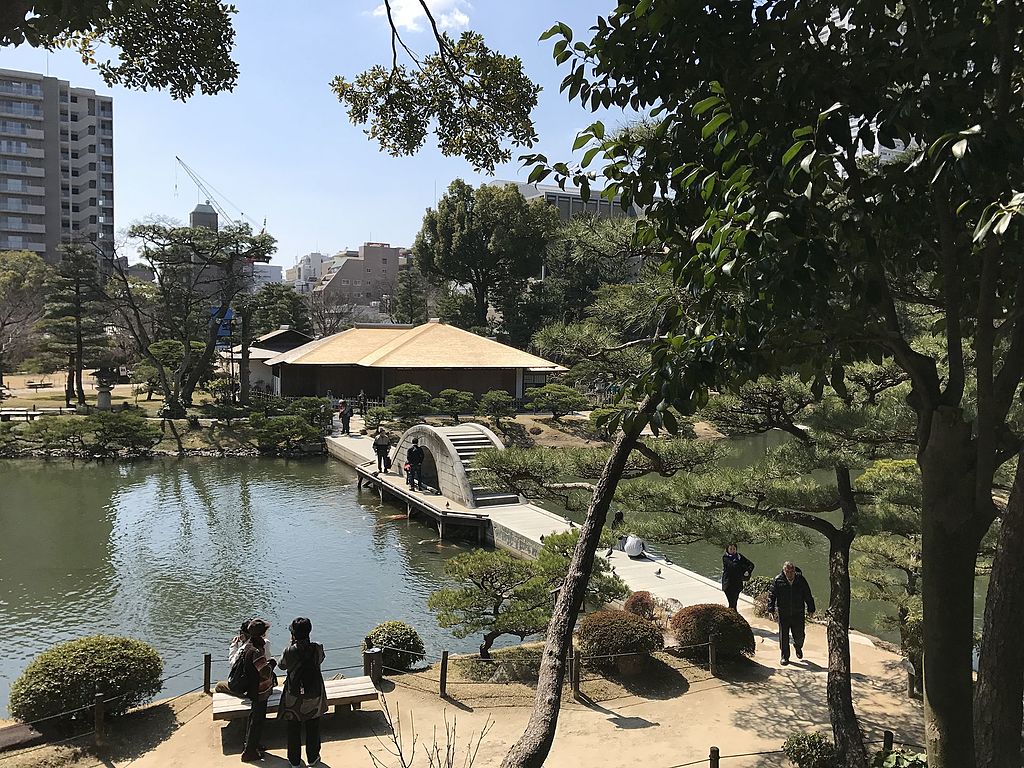Apr 21, 2023
Shukkeien Garden: Hiroshima’s Perfect Traditional Garden
At the heart of Hiroshima is Shukkeien — a traditional garden whose name means “shrunken scenery.” Not only is the location ideal for when you want a break from busy city life, the features like miniature forests, mountains, and valleys, as well as the several teahouses where you can enjoy the views, make this the perfect traditional garden.
The History of Shukkeien
The first lord of Hiroshima, Asano Nagaakira, and the tea master Ueda Soko commissioned Shukkeien Garden in 1620, soon after Hiroshima Castle was completed. It was a private place of respite for centuries and only opened to the public in 1940. However, visitors could enjoy the original garden for just five years. After surviving the air raids of World War II, it was hit by the atomic bomb, which burned the trees to the ground and destroyed the buildings. One feature that did survive is Kokokyo Bridge, which is now more than 240 years old.
After the war, the rebuilding of Hiroshima began. Reconstruction of Shukkeien started in 1949 and included planting camphor trees, which grow rapidly for the first few years of their life. By 1951, the garden was ready to reopen and saw big crowds. Ever since, it has been a popular spot year-round, but especially during cherry blossom season when visitors come to see around 110 trees of nine varieties. The garden has about the same number of plum trees but in 19 combinations.
Exploring the Garden
To ensure you see all the miniatures in Shukkeien, it’s worth walking the path that follows Takuei Pond in the center of the garden. The pond itself is also a highlight: it features small islands, each of which has a name symbolic of longevity, such as Crane and Turtle. Some parts of the pond are freshwater; others are saltwater — if you look carefully, you’ll see a variety of fish.
The garden changes in appearance with the season, although it is always colorful — even flowers bloom in winter, including camellia, plum, and wintersweet. The greatest number of flowers bloom in the spring and summer, though. This includes water lilies on Takuei Pond.
Tea Ceremonies
The most important building in Shukkeien is Seifukan, which was added to the garden in 1964. Visitors are only allowed to enter if they are attending a tea ceremony. The good news is these happen regularly throughout the year. Each has a different theme — for instance, the one in January is for good luck and health. In contrast, November has a chrysanthemum-viewing tea ceremony, and May has a tea-harvesting ceremony.
You can reach Shukkeien by walking from Hiroshima Station, the Hiroshima Sightseeing Loop Bus, or tram line 9 to Shukkeien-mae Station. You can enter up to 30 minutes before closing, at 5:00 p.m. during the fall and winter and 6:00 p.m. in the spring and summer. The garden opens at 9:00 a.m. year-round. Admission is only 260 yen — an excellent price for such an iconic garden.
そらみみ, CC BY-SA 4.0, via Wikimedia Commons


About the author